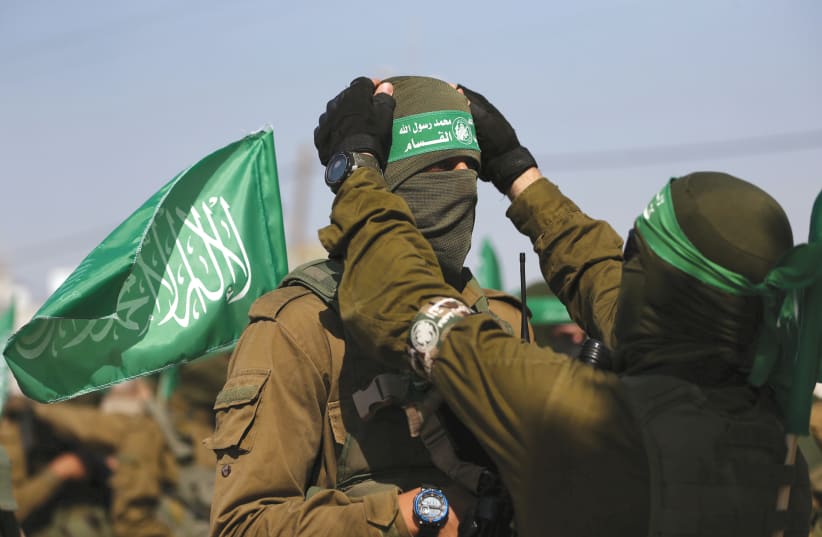Hamas changing strategies, reducing marches to low boil - intel center
In a report on Monday, the Meir Amit Intelligence and Terrorism Information Center stated that Hamas has already appeared to lower the flames of the border conflict in recent weeks.
